Our train rolled into the Bucharest train station on time and we prepared to part with the €10 taxi fare that has been fixed by all the taxi drivers leaving from the station. We knew from our research on the internet that it doesn’t matter if you are taking the taxi 1 km or 10 km, the fare is still be the same fixed amount. In our case, €10 is about 3 or 4 times what the fare should be if the driver used the meter. Now, we’ve had many arguments with taxi drivers over fares during our journey, and sometimes you just have to go with the flow. 7:30pm after a 9 hour train ride when the temperature is well below zero and when you’re feeling like **** is one of those times.
Romania passed by in a bit of a blur for me unfortunately. On the train from Sofia to Bucharest I knew I was not well as I had difficulty breathing properly. The sensation when I took a breath was like a thousand needles pricking inside my lungs. I had all the classic symptoms of pneumonia: fever, nausea, chills, lethargy. You name it, I had it. Walking anywhere had me doubled over either coughing or trying to catch my breath.
I fell into bed at the hostel in Bucharest and besides a walk on the second day into the city and to the Palace of Parliament building and back, that was all I got to see. I spent the rest of our short time there in bed. Fortunately I had some antibiotics (thanks Marnie!) and started the course there.
David continues …..
As always, Sally had found us an excellent place to stay at the Umbrella Hostel (@200Lei or around $55 per night incl. b’fast). We had a quad room with two bunk beds, the girls quickly claiming the top two beds. The hostel is quite new in a recently renovated and converted house, almost next door to the French embassy and a short walk to the Old City. The hostel has modern facilities and the usual shared kitchen and had a real homely feel, plenty of washing machines and hand basins located inside as well as outside the bathrooms which was really handy. Again, the kitchen and furniture was reminiscent of walking around an IKEA store.
In spite of the freezing conditions, and driven by my desire to explore at least a small part of the city, we all headed out next morning taking in some famous landmarks including Revolution Square where the communist leader Nicolae Ceausescu gave his famous last speech during the demonstrations for democracy in 1989. Unfortunately, things didn’t end well for Nicolae and his wife when they attempted to escape the democratic uprising in his white helicopter. They were quickly caught by the Romanian Army (which had also decided to give democracy a go), tried, and shot on the spot.
We made a stop at a restaurant called ‘Cara Cu Bere’ upon the recommendation of our hostel manager. It proved to be a good choice and we enjoyed a nice meal in very fancy surrounds, complete with a violin player for the background lunchtime music. We continued our walk to the ‘Palace of Parliament’ which lays claims as the second largest building in the world (after the Pentagon in the US). Part of Nicolae Ceausescu’s ambitious urban development plan “the Palace of Parliament represents one of the most extravagant and expensive building projects in the history of mankind; certainly of the last century. Promoting the ‘Civic Centre’ project as the creation of a ‘multilaterally developed socialist society,’ Ceausescu began to demolish the deteriorating capital and rebuild it in his own vision, projecting his own narcissism onto the people”.
By this time Sally was ready to head back to bed, so she and the girls took a taxi back to the hostel while I continued on foot via the old city, university area and one of the commercial avenues. I still had some Bulgarian Lev in my wallet to get rid of and despite an abundance of money changers it took four attempts before I found one willing to take them off my hands (at a very poor rate, but by that stage I was happy just to be rid of them!).
Our onward train from Bucharest to Brasov wasn’t scheduled to leave until 1:10pm the next afternoon, so in the morning the girls and I headed off with the intention of visiting the recently refurbished and reopened National History Museum of Romania, the attraction recommended for kids on Tripadvisor. The hostel manager called a taxi for us and gave the non-English speaking driver instructions on where we wanted to go. Unfortunately, the driver tried to take us to the Bucharest Art Museum which was a short way in the opposite direction. A game of Pictionary between myself and the driver ensued, and after a failed attempt to call the hostel I decided we should head back to get the manager to interpret some new directions. We turned a corner and came across some other taxis parked up and the drivers standing around chatting and smoking. We stopped and the driver with the best English came forward and gave our guy the some new directions and we were off again. This time we ended up at the National Geological Museum and while I knew we were at the wrong place I could tell from my basic map that we were getting close, so we ditched the driver and headed inside the museum to ask for further directions.
The helpful staff indicated that our museum was directly behind theirs and the kind security guard even walked us outside and indicated which snow covered path to take. But alas, the building was in fact the National History Institute! It was at this point I gave up on relying on the locals to guide us to what should be one of the main attractions of the city, and took matters into my own hands to work it out for myself. Oh, the joys of travelling in a non-English speaking country.
A short walk (about 300 metres) later we were standing out the front of the elusive museum, but now with only an hour and a bit spare to enjoy the interactive exhibits. This proved to be enough time and the girls really enjoyed looking through the large collection of stuffed animals from all over the world, rocks and mineral displays, and animal skeletons.
We hailed a taxi on the street outside the museum, collected Sally and the luggage from the hostel and headed straight to the train station. Train tickets were purchased and we were able to board our train for the three hour trip to Brașov, in the heart of Transylvania.
I was surprised at the number of derelict and deserted factories we passed along the way, leftover from the communist times.
We began chatting with a young English speaking local girl on the train, and she kindly found a taxi for us and negotiated a price with the driver upon arrival in Brașov.
Our accommodation in Brașov was a slightly different take on the homestay – the host family have built a separate ‘house’ in their backyard which has four bedrooms, each with an ensuite. Two bedrooms are located on the first floor, two bedrooms on the second floor, and a kitchen and common room in the basement. Our hosts were Daniel (a native Romanian born and raised in Brașov) and his wife Ada (an Estonian). Daniel and Ada have both spent a number of years working for a German cruise company and have travelled the world with their work. Their two sons Alex and Robbie are the same ages as Phoebe and Immi, and they played together several times during our stay.
Sally spent the next couple of days in bed, and fortunately there was a pharmacy just a few doors down the street where I could replenish the antibiotics over the counter (at $2 per packet). The girls and I spent a day exploring the old city of Brasov including a gondola ride up to the Hollywood style “BRASOV” sign that overlooked the city. Not sure what the purpose of the sign is – perhaps the locals need reminding daily of where they live?
We wandered around old medieval Brasov taking in its wonderful Gothic feel- looking inside the Black Church, given its name after ‘Great Fire, in 1689 which leveled most of the town, and heavily damaged the church, blackening its walls and walking down Strada Sforii or ‘Rope Street’ 80 m long and only 135cm at its widest point.
On our last day, with Sally now up to heading on a day excursion, we hired Daniel to act as driver and tour guide in order for us to take in some of historical sites in the most time efficient way. The weather was quite miserable with rain and freezing cold, however Daniel assured us that if the rain turned to snow it would be more tolerable. First stop was Peleș Castle in the Carpathian Mountains near Sinaia, which is the former Romanian Royal Family Summer Palace. Beautifully decorated and full of antiques and original furniture, Peleș Castle is German Renaissance, but with elements of the Italian Renaissance, Gothic, German Baroque and French Rococo style.
By the time we arrived at our next stop, Râșnov Fortress, the rain had indeed transformed into huge snowflakes which gently floated down and covered everything in the fluffiest powder any of us had ever seen.
Local legend has it that during a particularly long siege of the fortress, the citizens of Râşnov were concerned about the lack of available fresh drinking water. Two Turkish soldiers, having been captured earlier, were put to the task of digging a well in the centre of the fortress. These two men were assured that they would be given their freedom once the well was completed. This supposedly took 17 years to finish the well, but they were still killed afterwards. This famous well still sits in the centre of Râşnov Fortress, and is 143 metres deep.
Our final stop was at the small village of Bran which is dominated by Bran Castle; said to be the inspiration for Bram Stoker in his novel about Dracula. Our first item of business was to again feed the starving children, so always on the look-out for some authentic local cuisine, Daniel took us to a local shop selling Langos and Kürtosh. Langos are a deep fried pastry covered with sour cream and cheese. What a heart starter!
And for dessert – Kürtosh, a sweet bread born in Transylvania but adopted by Hungary. We watched as they wound the dough around wooden spools, then rotisserie-like, slow cooked over hot coals and then coated with sugar, cinnamon or both. Yum!
We made our way past the tourist shops selling cheap Dracula masks and tacky souvenirs and up the stairs to Bran Castle. Once home to Queen Maria of Romania, the inside of the castle is a maze of winding stairs and rooms with secret passages, it was our favourite stop for the day.
Bran Castle is a national monument and landmark in Romania but when we explained that Dracula hadn’t really lived in this castle, the girls seemed to lose interest very quickly, so we reverted to the original story and I was able to add some sound effects ‘I vant to suck your blood, ah, ah, ah’. We now had their full attention.
Our last evening we joined Daniel and Ada in their downstairs ‘den’ for a couple of home brewed drinks. After chatting one gets the feeling that Bulgaria is definitely the poorer cousin next to Romania. Romanians seem to put Bulgaria down a bit and there is a bit of a blame game with both countries still not being adopted as one of the Schengen Countries, with Germany and a couple of other countries blocking the last attempt in early March. Although both joined the EU in 2007, gaining access to the Schengen ‘border-free’ zone is proving elusive with Germany concerned it could lead to a surge in poverty migration from eastern Europe.
The kids were playing upstairs and called us up to put on an impromptu performance (well the boys performed, the girls just introduced them!) It was the first real time the girls had some playmates their own ages and the boys could speak enough English for them to converse. A couple of afternoons the girls went over to their house to play together – usually lego – the universal choice of toy for boys!
Waved off by Ada the next morning we left via another private transfer from Brașov to Targu Mures to catch our “Wizzair’ flight to Budapest. We had also requested the driver stop in Sighişoara to allow us a little time to explore the historic town. Another UNESCO site, central Sighişoara features the small medieval fortified city and is considered to be the most beautiful and well preserved and still inhabited citadels in Europe with its wonderful medieval architecture. It was once one of the most important cities of Transylvania where Vlad the Impaler or ‘Dracula’ was born and where Vlad Dracul (his father) lived in exile in the town.
Our driver dropped us in the citadel and we wandered for a couple of hours exploring its magical mix of winding cobbled alleys, steep stairways, secluded squares, towers and turrets. We climbed the “Covered Stairs” or “Schoolboys’ Stairs”- a covered wooden stairway built in 1642 to aid the schoolchildren’s way to the School on the Hill and the churchgoers’ way to the church during winter.
Romania – so many churches, crucifixes. For every hundred run down and derelict building along a general street there is one of outstanding beauty, that makes it all worthwhile.
I’m sure in the summer the views would be quite different – rolling green hills, but in the middle of winter everything appears more run down than normal – everything is very monochrome driving through the countryside.
We said our goodbyes to Eastern Europe (Bulgaria and Romania) heading into the more ‘western’ central European country of Hungary and were delighted when on route to the airport we passed a few horse drawn wooden wagons trundling down the highway. Up until recently, as they had for centuries, they were widely seen on all of Romania’s city streets, as well as in the fields, but since joining the EU Romania has had to comply with the ban of horse-drawn carts from the road. This, in turn apparently led to hundreds of horses being abandoned as they were now a liability rather than the asset they once were. The sad effect of progress …. what a shame.
Progress is man’s ability to complicate simplicity.” – Thor Heyerdahl
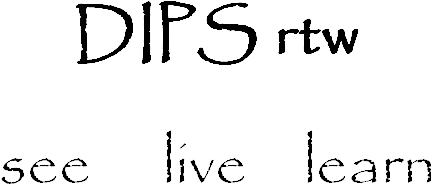
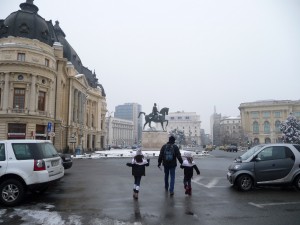
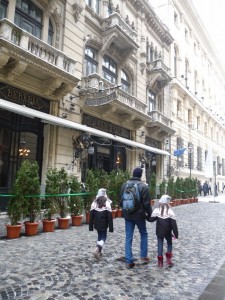
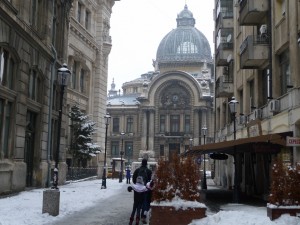
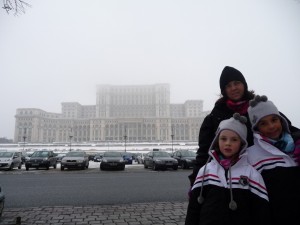
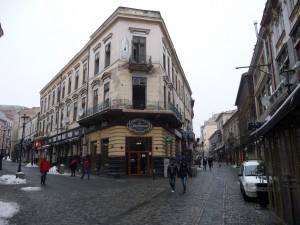
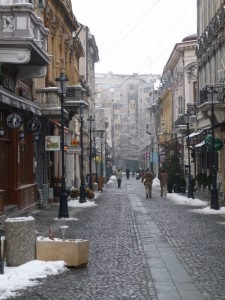
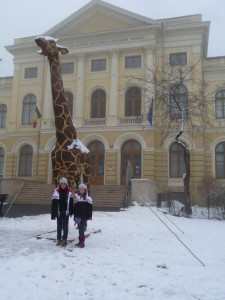
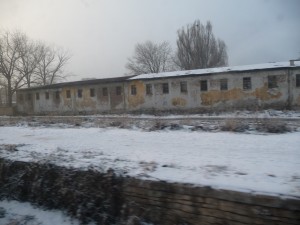
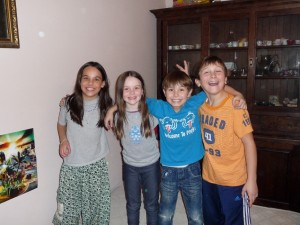
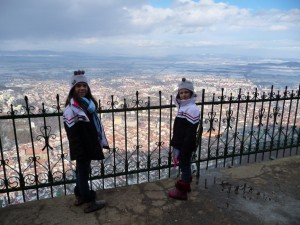
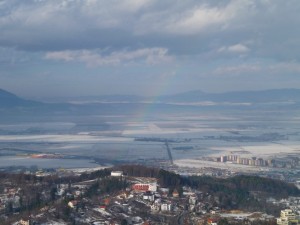
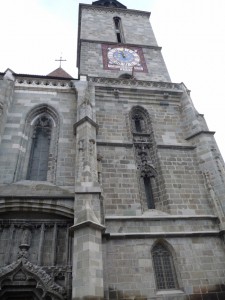
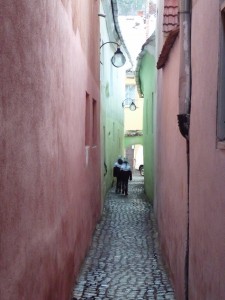
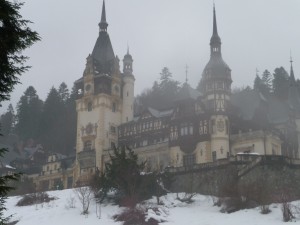
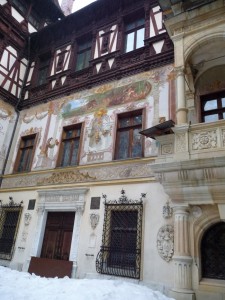
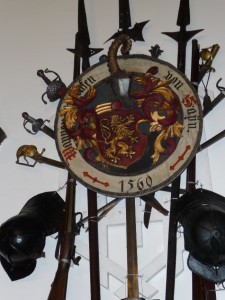
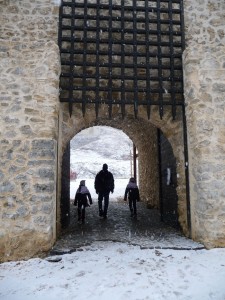
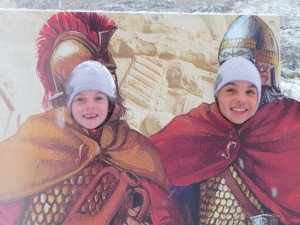
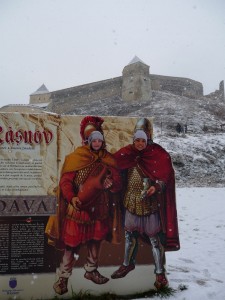
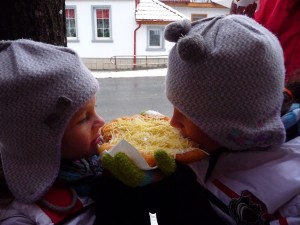
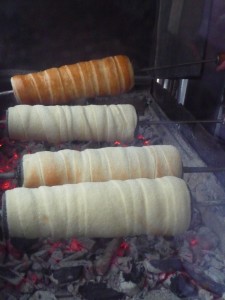
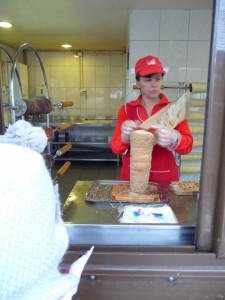
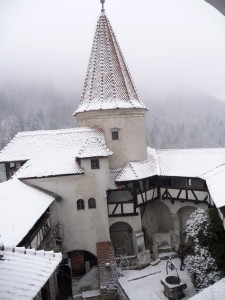
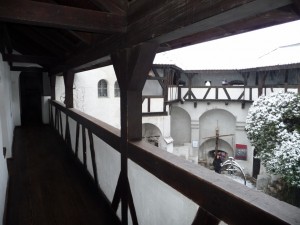
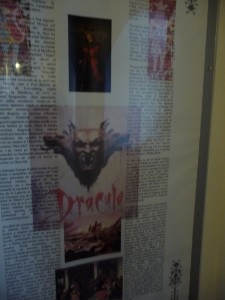
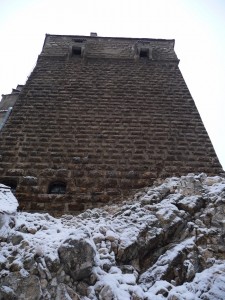
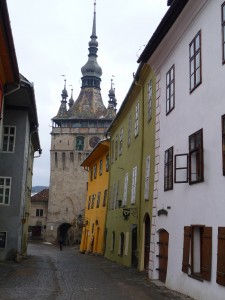
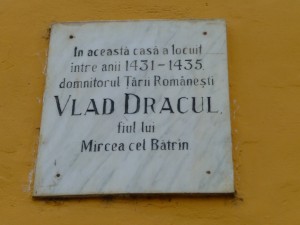
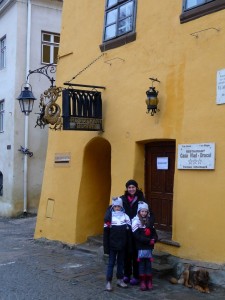
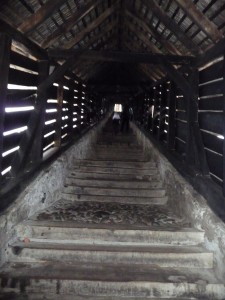
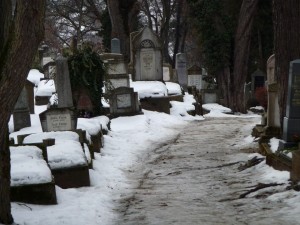
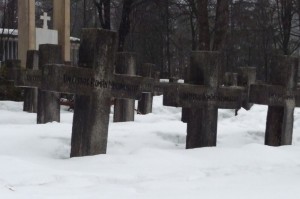
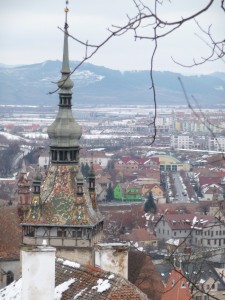
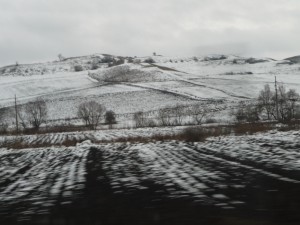
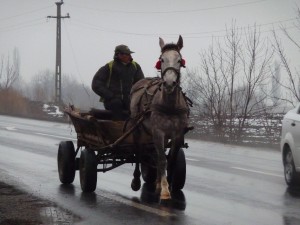
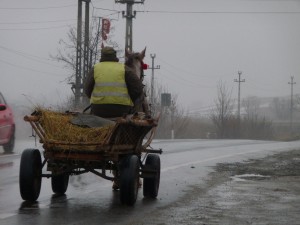
Well once again I was mesmerized and distracted from my chores . Although the windows will still be there to clean , I know I can continue on to the next blog entry if I feel theI need to escape! It’s unfortunate you weren’t feeling well Sally – it would’ve put a slight damper on your time there 🙁 xo